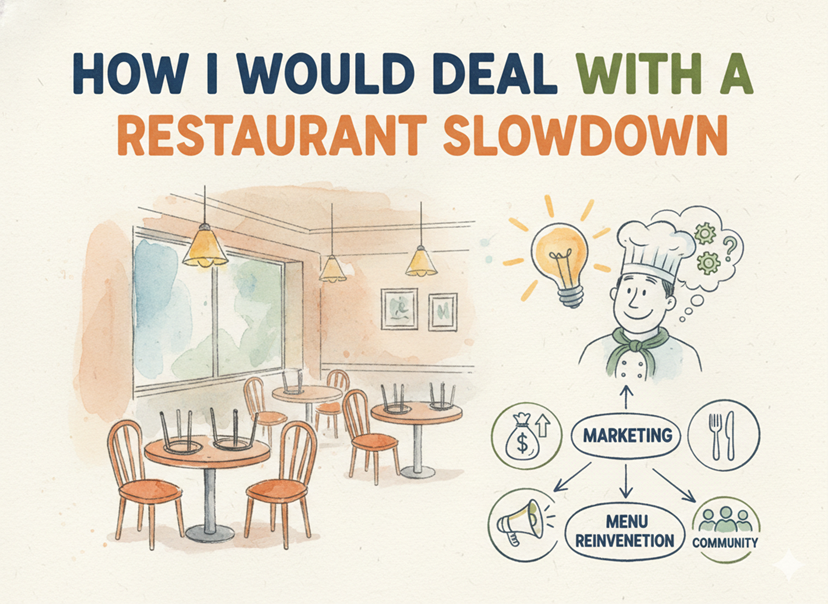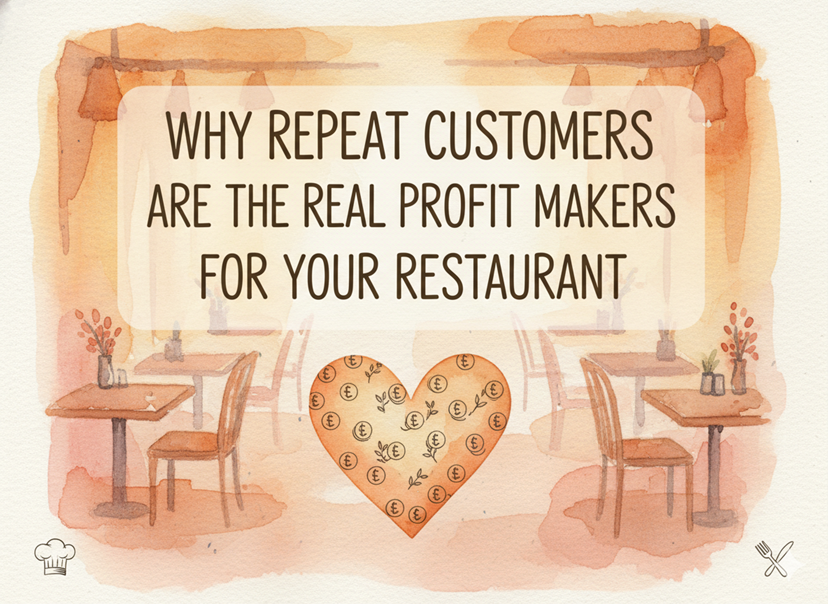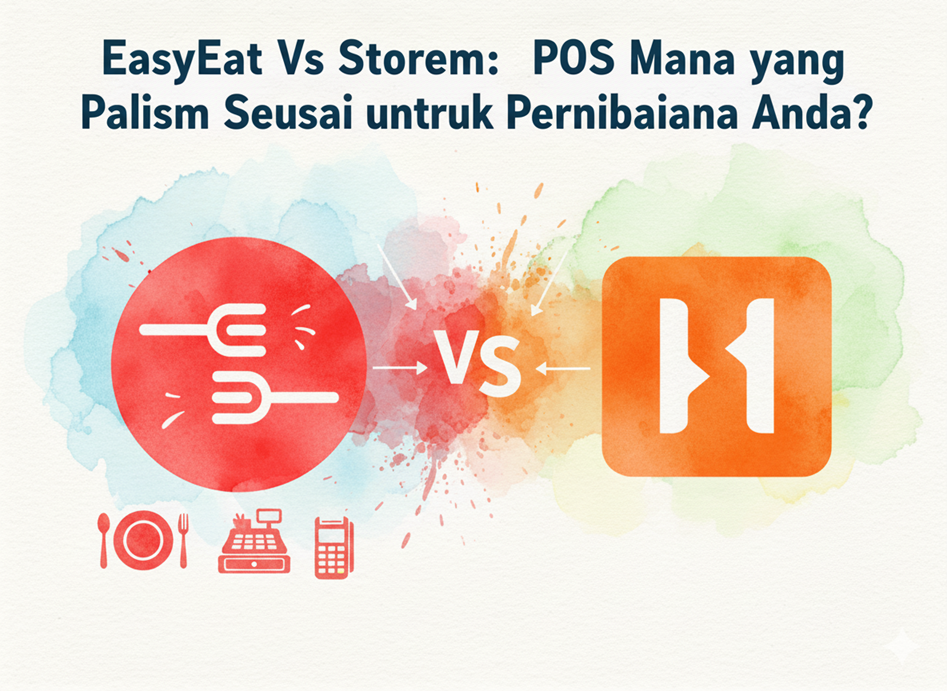Invoicing is the backbone of your restaurant’s financial operations. Whether you’re billing customers, tracking sales, or filing taxes, how you handle invoices directly impacts your efficiency and profitability. For years, paper invoices were the standard, but now, e-invoicing is transforming how businesses manage their billing processes.
You might be wondering: What exactly is e-invoicing? How does it differ from traditional paper invoices? More importantly, is it better for your restaurant? This comprehensive guide will answer all these questions and more. We’ll break down the key differences, explain the benefits of switching to digital, and clarify whether Malaysia’s e-invoicing mandate affects your business.
Understanding Paper Invoicing
Paper invoicing is the traditional method where you create physical bills, either handwritten or printed from a computer. These invoices are then handed to customers or stored in filing cabinets. While this system has worked for decades, it comes with significant drawbacks that can hurt your restaurant’s efficiency.
The problems with paper invoices start with their creation. Manually writing each invoice takes valuable time that your staff could spend serving customers. Even when using a computer to print invoices, you still face the costs of paper, ink, and printer maintenance. Storage becomes another headache – physical invoices take up space and can easily get lost or damaged over time.
Perhaps the biggest issue is organization. When you need to find a specific restaurant invoice from weeks or months ago, you might spend precious minutes searching through files. This becomes especially problematic during tax season or when resolving customer disputes. The time wasted on these manual processes adds up quickly, costing your restaurant money in lost productivity.
What is E-Invoicing?
E-invoicing, or electronic invoicing, is the modern solution to these challenges. Instead of paper, you use an e-invoicing system to create, send, and store bills digitally. These systems automate much of the invoicing process, saving you time and reducing errors.
With e-invoicing, creating a bill takes seconds. You can send invoices directly to customers via email or messaging apps, eliminating the need for physical delivery. The system automatically stores every transaction in the cloud, making retrieval instant whenever you need it. Many e-invoicing solutions even integrate with accounting software, streamlining your financial management.
The benefits extend beyond convenience. Because e-invoices are digital, you can easily generate reports on sales trends, track outstanding payments, and analyze which menu items generate the most revenue. This data can help you make smarter business decisions to boost your restaurant’s profitability.
Key Differences Between E-Invoicing and Paper Invoicing
1. Speed and Efficiency Comparison
Paper invoices create bottlenecks in your operations. From printing to delivery, each step consumes time that could be better spent serving customers. E-invoicing eliminates these delays. With just a few clicks, you can generate and send professional invoices instantly.
The difference becomes even more apparent when dealing with multiple transactions. Sending a bulk e-invoice to dozens of customers takes about the same time as sending one. Try doing that with paper invoices – you’d need to print each one individually, stuff envelopes, and arrange for delivery.
2. Cost Analysis
Using manual invoices can make you spend a lot on paper and ink supplies, printer maintenance, physical storage space, and labor hours spent on manual processes
E-invoicing eliminates most of these expenses. While there might be a small monthly fee for e-invoicing software, it’s typically far less than the ongoing costs of paper invoicing. The Billentis report found that businesses save 60-80% on processing costs by switching to digital.
3. Accuracy and Error Reduction
Human errors in manual invoicing can lead to incorrect charges, missing information, calculation mistakes, and lost invoices.
An e-invoicing process automatically populates fields with accurate data, calculates totals correctly, and ensures all necessary information is included. This reduces disputes with customers and makes your financial records more reliable.
4. Record Keeping and Accessibility
Finding a specific paper invoice from three months ago is like searching for a needle in a haystack. With e-invoicing, every restaurant invoice is stored securely in the cloud. You can search by date, customer name, or amount in seconds. This becomes invaluable during tax audits or when resolving customer inquiries.
5. Environmental Impact
The environmental benefits of e-invoicing are significant. Consider how much paper your restaurant goes through in a year just for invoices. By switching to digital, you’re reducing waste and contributing to sustainability – something many customers appreciate about businesses today.
E-Invoicing Requirements in Malaysia (March 2025 Update)
The Malaysian government has been rolling out mandatory e-invoicing in phases. Here’s the timeline of events that have happened-
June 2024: Businesses with annual turnover exceeding RM100 million
January 2025: Businesses with turnover between RM50-100 million
January 2026: Businesses with turnover between RM25-50 million
January 2027: All remaining businesses
Even if your restaurant isn’t yet required to adopt e-invoicing, there are compelling reasons to start early. Early adopters gain a competitive advantage through improved efficiency and better financial tracking. You’ll also be prepared when the mandate does apply to your business.
FAQs About E-Invoicing for Restaurants
1. Is an e-invoice required for all restaurants now?
Currently, only larger businesses must use e-invoicing. However, all restaurants will need to comply by 2027, so starting early gives you an advantage.
2. Can I send multiple invoices at once?
Yes, bulk e invoice features let you send many invoices simultaneously, perfect for catering orders or regular customers.
3. Will this work with my current POS?
Most modern POS systems integrate with e-invoicing software. Check compatibility before choosing a solution.
4. Are digital invoices legally valid?
Absolutely. E-invoices have the same legal standing as paper ones when they meet standard requirements.
5. How does this help with taxes?
Digital records make tax preparation faster and more accurate. Many systems can generate tax reports automatically.
6. What if a customer wants a paper copy?
You can still print individual invoices when needed, but most customers will prefer the digital version.
The choice between paper and e-invoicing is clear. While paper invoices are familiar, they’re holding your restaurant back with unnecessary costs, inefficiencies, and limitations. E-invoicing offers a faster, cheaper, and more professional way to handle your billing.
With Malaysia’s e-invoicing mandate rolling out, now is the perfect time to make the switch. You’ll not only prepare for future requirements but also start enjoying immediate benefits like time savings, better organization, and improved cash flow.
The restaurants that embrace this digital transformation now will be the ones that operate more efficiently, make smarter business decisions, and provide better service to their customers. Isn’t it time your restaurant joined them?




